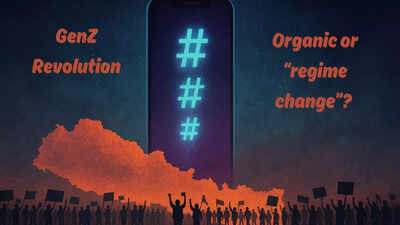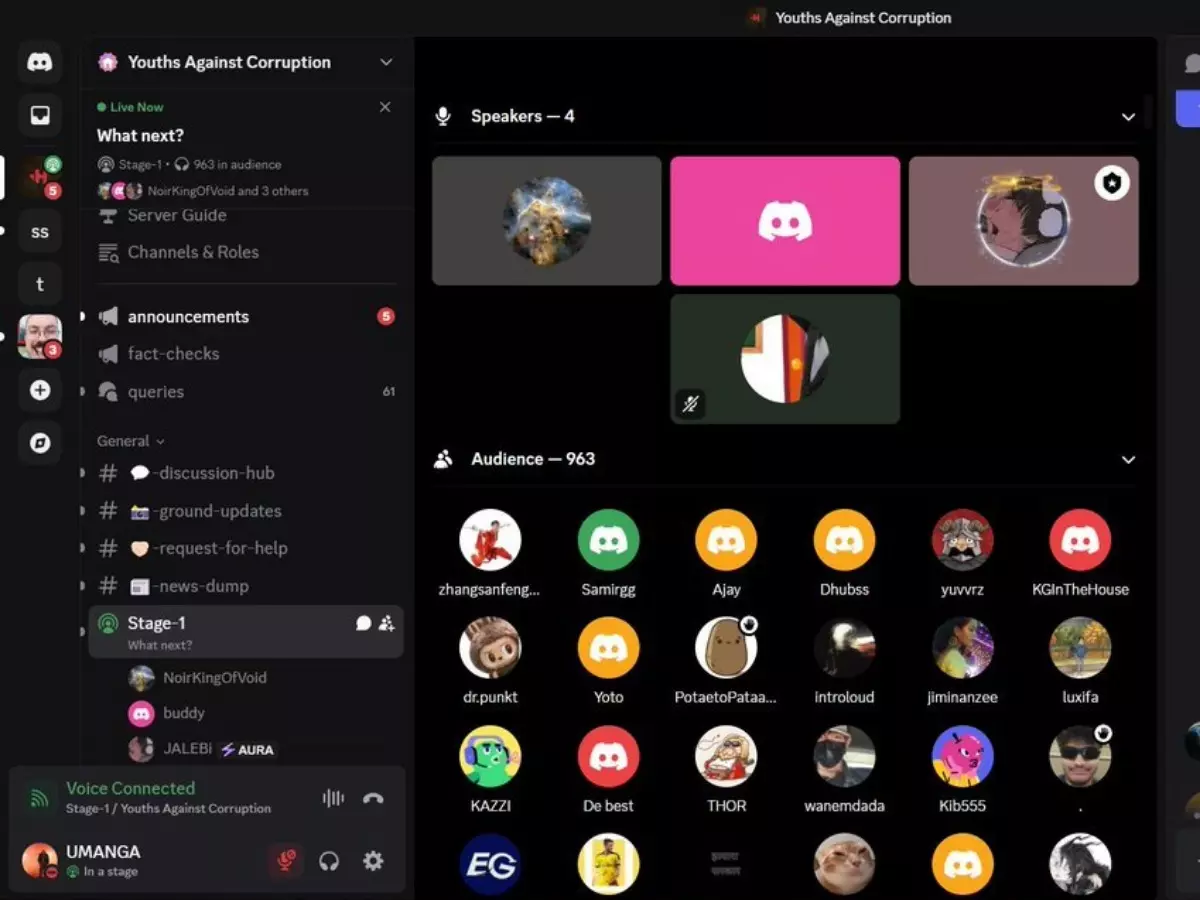Table of Contents

Nepal's September 2025 Gen Z revolution demonstrates how digital technology can fundamentally reshape political landscapes and democratic processes. The movement successfully used social media platforms, gaming applications, and innovative digital voting methods to challenge traditional governance structures and create new pathways for political participation.
This unprecedented youth-led uprising, which forced Prime Minister K.P. Sharma Oli's resignation and led to the country's deadliest political unrest in decades, showcased the transformative power of technology in modern political movements.
The Digital Catalyst
The social media ban imposed by Nepal's government on September 4, 2025, became the immediate trigger for massive protests across the nation. The government suspended 26 platforms including Facebook, Instagram, YouTube, WhatsApp, and X, affecting approximately 90% of Nepal's 30 million internet users who relied on these platforms for daily communication.
This digital censorship was perceived as an attempt to silence political dissent and suppress youth voices, particularly as it coincided with growing frustration over corruption and the lavish lifestyles of politicians' children, dubbed "Nepo Kids." The ban backfired spectacularly, driving protesters to seek alternative digital platforms and ultimately pioneering new forms of democratic participation.
Technology as Mobilization Tool
Gen Z protesters demonstrated remarkable digital literacy by rapidly adapting to platform restrictions and finding alternative communication channels. VPN services reported massive registration surges as young Nepalis bypassed government restrictions to maintain connectivity with global networks.
The Hami Nepal organization, a youth movement with over 160,000 members, effectively coordinated nationwide protests through encrypted messaging and social media networks. Their ability to organize thousands of demonstrators across major cities like Kathmandu, Pokhara, and Itahari showcased how modern technology enables rapid political mobilization without traditional hierarchical structures.
Students and young professionals used smartphones to document police brutality, share real-time updates, and coordinate protest activities, turning mobile technology into powerful tools for political resistance and transparency.
Discord Democracy Experiment
In a historic first for any electoral democracy, Nepal's Gen Z protesters used Discord, a gaming platform, to select their preferred interim leader through virtual voting. Over 10,000 participants engaged in the Youth Against Corruption channel, with additional viewers following through YouTube livestreams.
This digital democracy experiment allowed real-time discussions about governance, policy proposals, and leadership selection. Participants could propose candidates, debate qualifications, and vote directly through mobile devices, creating a more transparent and participatory process than traditional political party selections.
The Discord voting session demonstrated how gaming platforms can be repurposed for serious political discourse, enabling diaspora participation and providing accessible democratic engagement tools for digitally native generations seeking alternatives to conventional voting systems.
Electronic Voting Systems in Nepal
Nepal's exploration of electronic voting technology has gained momentum following the Gen Z protests, with the Election Commission conducting trials of electronic voting machines (EVMs) in select elections. These digital systems promise faster results, reduced human error, and improved accessibility for voters in remote areas.
E-voting implementation in Nepal faces challenges including cybersecurity concerns, digital literacy gaps, and infrastructure limitations in rural regions. However, the protests demonstrated significant public interest in digital democratic participation, particularly among younger voters and the substantial Nepalese diaspora.
Various e-voting models under consideration include direct-recording electronic machines, internet-based voting, and optical scanning systems. The success of the Discord democracy experiment has encouraged policymakers to explore more innovative digital voting solutions that could increase participation while maintaining electoral integrity.
Future Implications
Nepal's Gen Z revolution establishes important precedents for digital democracy and technology-enabled political change across South Asia and beyond. The successful use of gaming platforms for political decision-making opens new possibilities for youth engagement in democratic processes.
The movement's emphasis on transparency, anti-corruption measures, and inclusive participation through digital tools may influence future electoral reforms and governance structures. Traditional political parties must now adapt to digitally savvy constituencies demanding greater accountability and technological integration.
As Nepal moves toward scheduled elections in March 2026, the integration of digital platforms, electronic voting systems, and social media governance will likely remain central to political discourse, fundamentally altering how democracy functions in the digital age.





Social Media's Revolutionary Impact
The social media revolution in Nepal demonstrated how digital platforms serve as essential infrastructure for modern democratic movements. Protesters effectively used hashtags, memes, and viral content to spread political messages, document government responses, and maintain international attention on their cause.
Platform algorithms initially amplified protest content, helping messages reach broader audiences before the government ban. This digital amplification enabled rapid mobilization across geographical boundaries and social groups, creating unprecedented unity among Nepal's youth.
The government's attempt to control digital discourse through platform bans ultimately strengthened the movement's resolve and highlighted the critical role of internet freedom in contemporary democracy. Social media transformed from communication tools into weapons of political resistance and change.